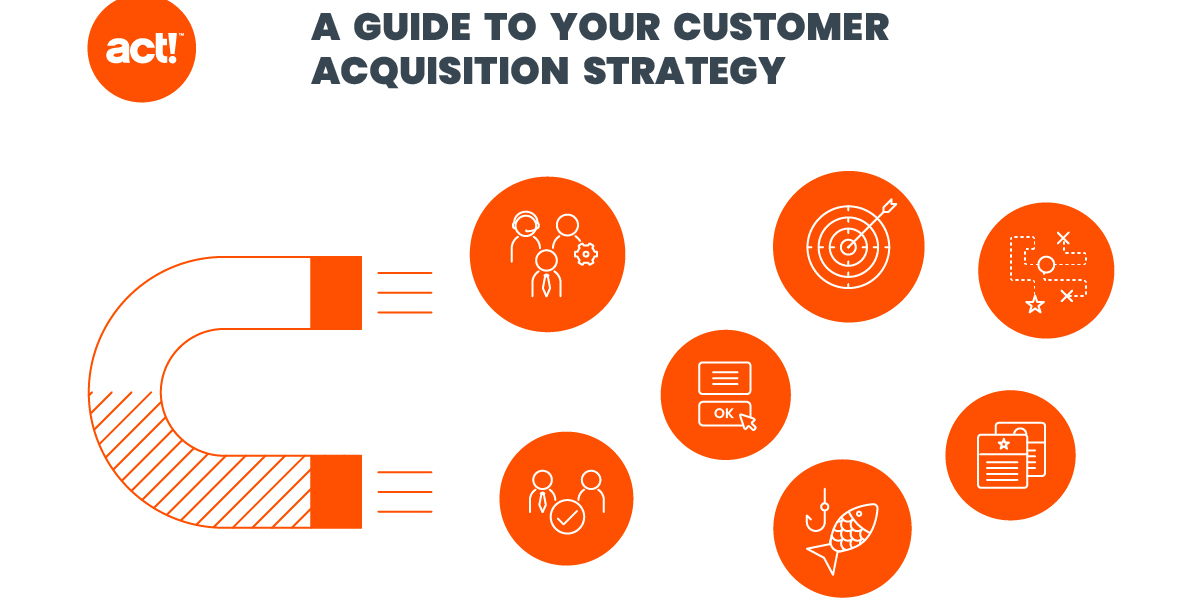In the context of government contracting, acquisition planning and strategy development are foundational processes that determine the success of a procurement initiative. Effective acquisition planning ensures that the government can procure goods, services, or works efficiently, within budget, and in compliance with regulatory requirements. A well-thought-out acquisition strategy guides the entire procurement process, from defining requirements to selecting the right contractor and ensuring project success.
What is Acquisition Planning?
Acquisition planning is the process of outlining how an organization will acquire the goods or services it needs to meet its objectives. For government agencies, this planning process is mandatory for any procurement over a certain threshold and is designed to ensure the most effective use of taxpayer funds. The primary goal of acquisition planning is to define the requirements, determine the appropriate acquisition method, and establish a realistic and efficient timeline for procurement.
Acquisition planning involves identifying and analyzing the needs of the agency, assessing market conditions, evaluating available procurement methods, and mitigating potential risks. By creating a comprehensive acquisition plan, agencies can ensure that the procurement process is transparent, fair, and aligned with both the agency's needs and the regulations that govern federal procurement.
What is an Acquisition Strategy?
An acquisition strategy is a more detailed document that builds on the broader acquisition plan. It outlines the approach for obtaining goods or services and ensures the procurement aligns with the agency’s mission, budget, and timeline. The acquisition strategy goes beyond the "how" and looks at "why" certain procurement methods are chosen. It sets the roadmap for how an agency will select the best contractor, evaluate proposals, manage risks, and achieve the best value.
An acquisition strategy typically includes the following elements:
- Objectives: Clearly defined goals and desired outcomes for the procurement.
- Market Research: Analyzing the marketplace to understand available solutions and vendors.
- Procurement Method: Deciding whether to use a competitive bidding process, sole-source procurement, or another method.
- Source Selection Criteria: The factors used to evaluate proposals, such as technical capabilities, price, past performance, and compliance with contract terms.
- Risk Management: Identifying potential risks and outlining strategies for mitigating them.
- Timeline: Establishing key milestones and deadlines for each stage of the procurement.
The acquisition strategy also takes into account the specific regulatory and legal frameworks that govern federal procurement, including the Federal Acquisition Regulation (FAR) and agency-specific policies.
Steps in Developing an Acquisition Strategy
Define Requirements: The first step in the acquisition planning process is identifying the agency’s needs and defining the requirements for the goods or services. This includes establishing the scope of work, performance standards, and any technical specifications.
Conduct Market Research: In-depth market research is essential for understanding the available solutions and vendors in the marketplace. Agencies should assess the capacity, experience, and past performance of potential contractors, and gather information on pricing, delivery timelines, and industry trends. Market research helps agencies decide on the best procurement method and provides insight into whether the agency should pursue a competitive solicitation or sole-source procurement.
Choose the Procurement Method: Based on the research, the agency must select the most appropriate procurement method. This decision is critical for the success of the acquisition and should be aligned with the agency’s goals and regulations. Common procurement methods include:
- Competitive Bidding: Used when multiple qualified vendors are available, allowing for a transparent process based on price or best value.
- Sole-Source Contracts: Used when only one contractor can meet the specific needs of the agency, such as for highly specialized products or services.
- Indefinite Delivery/Indefinite Quantity (IDIQ): Often used for recurring needs where exact quantities and delivery dates are not known in advance.
- Simplified Acquisition Procedures: Used for lower-value procurements, streamlining the process to reduce administrative burden.
Develop Evaluation Criteria: Once the procurement method is chosen, the acquisition strategy outlines the evaluation criteria that will be used to assess proposals. These criteria typically focus on the technical approach, cost, past performance, and compliance with solicitation requirements. The evaluation criteria should align with the agency’s objectives and the needs identified during the planning phase.
Set Milestones and Timeline: The acquisition strategy must establish a timeline for each phase of the procurement, from solicitation to contract award. Setting clear milestones ensures that the process stays on track and that all deadlines are met. This is especially important in large, complex acquisitions where delays can result in budget overruns or missed objectives.
Risk Management: A successful acquisition strategy anticipates potential risks and includes plans for mitigating them. These risks could involve factors such as vendor performance, market fluctuations, or regulatory changes. By addressing risks upfront, the agency can develop contingency plans and avoid costly disruptions during the procurement process.
Finalize the Strategy: Once all the components of the acquisition strategy have been defined, the final step is to document the strategy and submit it for approval. The strategy should be reviewed periodically to ensure it remains relevant and adaptable to changing circumstances or requirements.
Conclusion
Effective Acquisition Planning/Strategy and strategy development are essential to the success of government procurement. A well-crafted acquisition strategy ensures that agencies select the right vendors, manage risks effectively, and achieve the best value for taxpayer dollars. By aligning procurement objectives with clear evaluation criteria and considering market research, agencies can make informed decisions that lead to successful project outcomes. For contractors, understanding the acquisition planning process and strategy development is crucial to positioning their proposals in the most favorable light and increasing their chances of winning government contracts.








